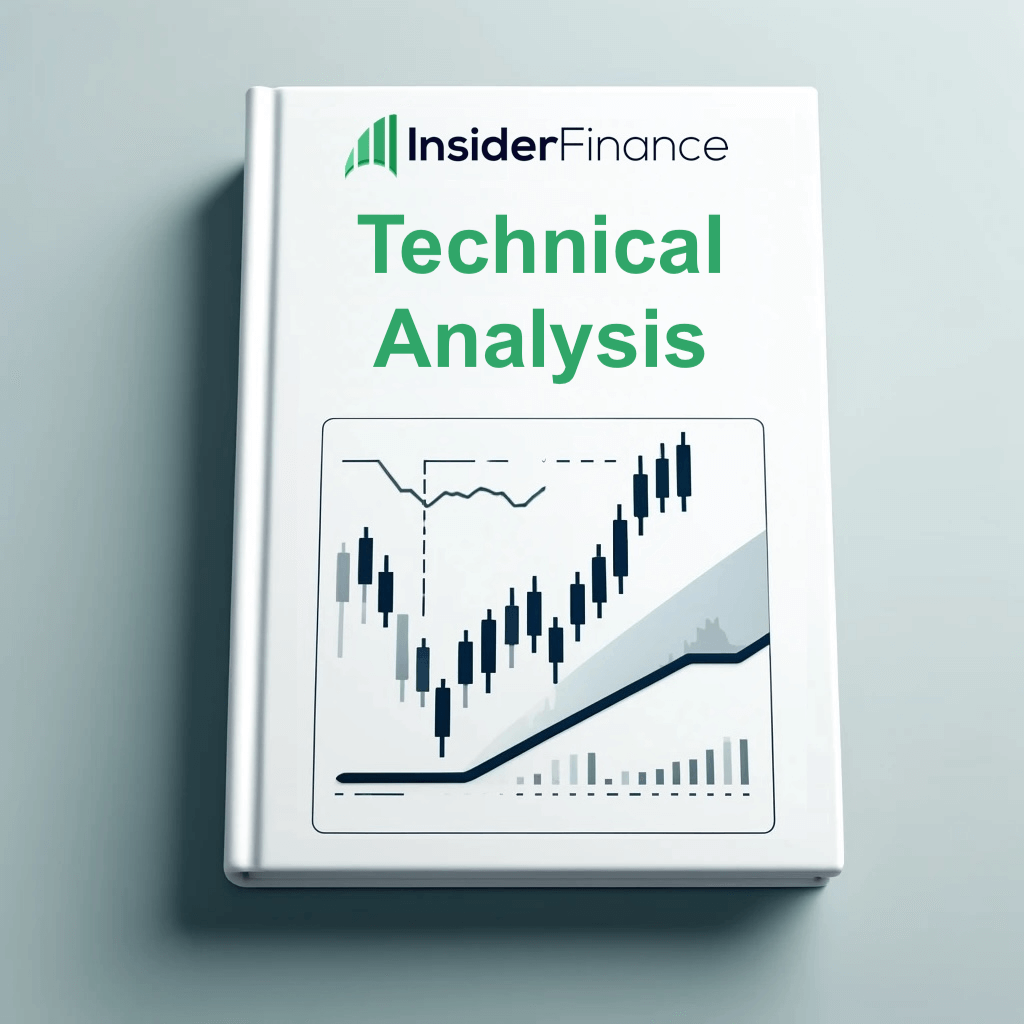Why Do Institutional Investors Use Dark Pools?
Institutional investors trade in dark pools for two primary reasons:
- Find buyers and sellers for large orders without publicly revealing intentions
- Obtain better pricing for executed trades
Dark pools allow institutional investors to quietly find buyers and sellers for large orders without causing large swings in the market (typically against them).
How is this possible? Dark pools are not required to make the order book available to the public.
Instead, transactions executed through dark pools are released to the consolidated tape after a delay.
For example, let’s say an investment bank is trying to sell 400,000 shares on a public exchange like the New York Stock Exchange.
As soon as institutional investors or high-frequency traders see a large sell block hit the order book, the markets react, and the security will likely decrease in value by the time the investment bank is able to find enough buyers to fill the entire order.
However, if the trade is disclosed only after it has been executed, the news has a much smaller impact on the market.
Another reason to fill large equity orders in dark pools is to obtain better pricing.
Trades made on dark pools can have lower transaction costs in two ways:
- Dark pools typically offer lower exchange fees
- The lack of price transparency may result in trades filled closer to the mid-point of the quoted bid-ask spread
A common criticism of dark pools is that if there is enough volume traded through dark pools, stock prices on public exchanges may not reflect the actual market value.
While the above scenario may work out well for the investment bank selling the shares, consider a retail investor who just purchased shares of the company the investment bank just sold 400,000 shares on a dark pool.
Once the sale of those 400,000 shares becomes public knowledge, the stock price could tank, and the retail investor who just bought shares paid too much.


